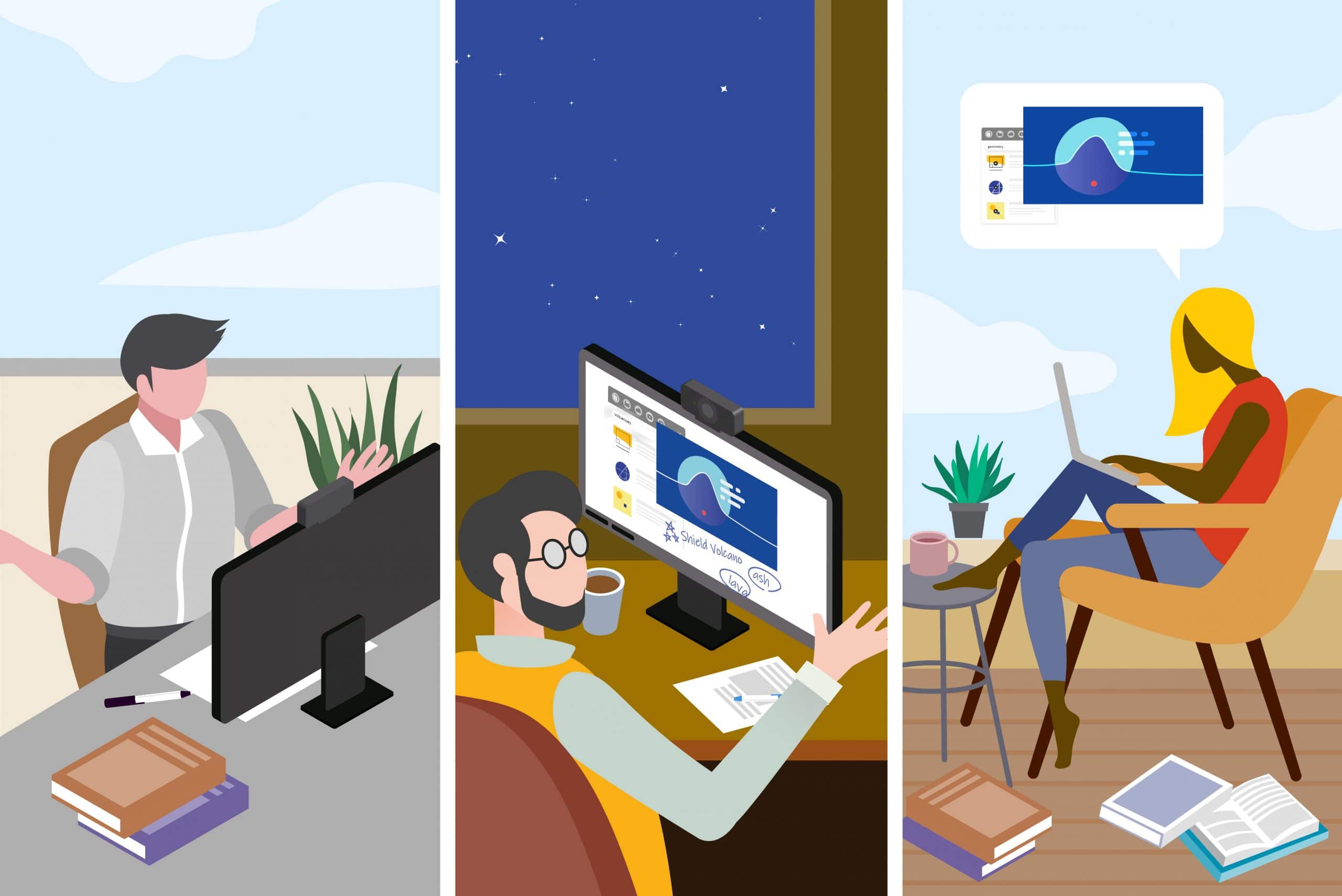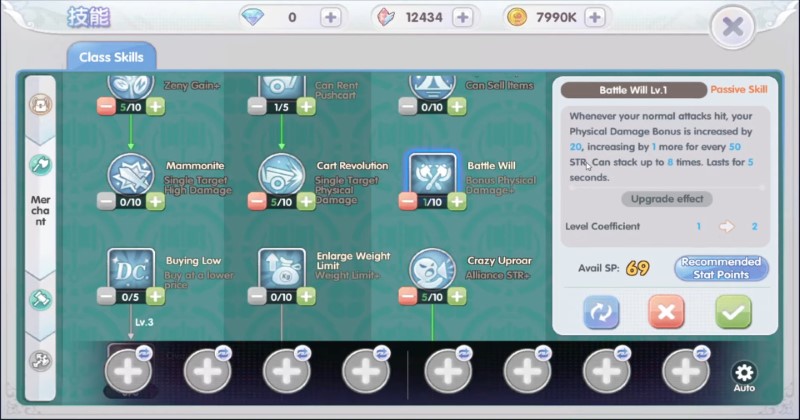Synchronous learning - Synchronous vs Asynchronous Learning: How To Use Both

Recent Posts
- Blue ivy
- Prince court medical check up
- Dari dulu memang ku suka lirik
- Nars malaysia
- Bolus meaning
- The penthouse 3 war in life
- Kepentingan kegiatan ekonomi di malaysia
- Cara memohon surat miti pkp
- Crystal disk info
- Girl planet 999 debut lineup
- Epkm kaunseling
- Psg vs le mans
- Kokol haven
- Ibantuan fitri
- Guillermo maripán
- M4g
Examples Of Asynchronous & Synchronous Learning
This means that the amount of synchronous learning any online course creator can offer is limited by the amount of time they have available for live online teaching.
This is why the most common passive learning methods involve little student communication and can include lectures, direct instruction, watching videos, assigned readings, and storytelling.
Read on to discover what asynchronous learning is and how to determine if it is the right strategy for your students.
Synchronous and Asynchronous Learning [Online Learning in 2021]
Plus, instructors have a greater finger on the pulse to know what they need to focus on in future lessons.
Combining synchronous and asynchronous learning in ways that make best use of the affordances while circumventing the constraints of each, provides an optimized learning experience for your course participants.
Tips for Organizing and Managing an Asynchronous Course.
- Related articles
2022 blog.dabchy.com






























